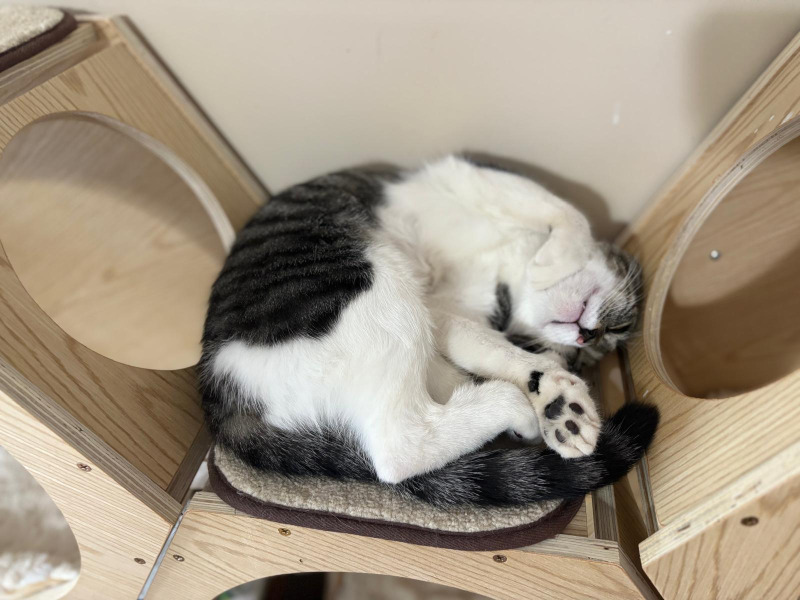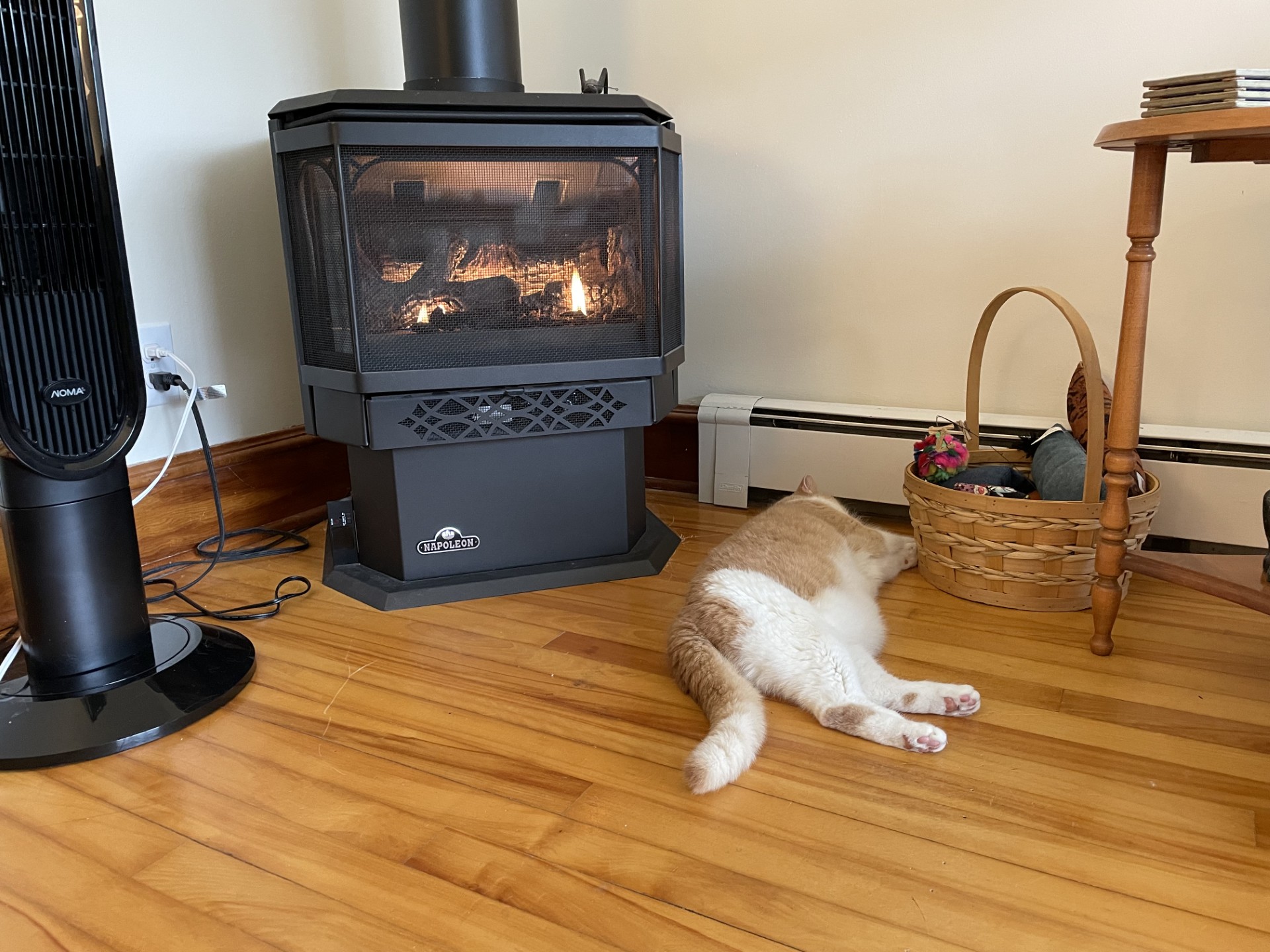UPEI faculty members participate in international study about left-side sleeping in cats

Drs. Catherine Ryan, Tracy Doucette, and Yasemin Salgirli Demirbas, of the UPEI Department of Psychology, participated in a newly published international study about left-side sleeping in cats as a survival strategy.
Scientists at the University of Bari Aldo Moro (Italy), Ruhr-University Bochum (Germany), UPEI, Medical School Hamburg (Germany), Kafkas University (Turkey), and the Research Institute for Farm Animal Biology (Germany) have discovered that cats, which sleep for 12 to 16 hours a day, prefer to do so on their left shoulder.
The study, titled Lateralized sleeping positions in domestic cats, has been published in the June 23 issue of Current Biology, a bi-weekly peer-reviewed scientific journal that covers all areas of biology, especially molecular biology, cell biology, genetics, neurobiology, behaviour, ecology, and evolutionary biology.
A news release issued by the research team on June 23 states that the right hemisphere of the brain, which overlooks the left part of the field of vision in mammals such as cats, specializes in spatial awareness, processing threats, and coordinating rapid escape movements.
“Since cats prefer to sleep in elevated positions, upon awakening they would immediately see predators or prey with the left side of their visual field, which is processed by their right half of their brain. Since the right hemisphere has advanced spatial abilities and can quickly coordinate rapid escape and possibly also hunting functions, left-side sleeping would provide evolutionary benefits as a survival strategy.”
When cats are awake, the right hemisphere of their brain would allow them to see predators and prey directly, said the research team. Cats that sleep on their left shoulder would have an important advantage.
“But do cats prefer to sleep on their left side?” To answer this question, the researchers analyzed 408 publicly available YouTube videos featuring a single cat sleeping while lying on one side, with an uninterrupted sleep duration of at least 10 seconds and full-body visibility from head to hind legs.
“The results were crystal-clear: Two-thirds of the videos showed a cat sleeping on the left. In conclusion, the leftward sleeping position in cats is an asymmetry at the population level and possibly represents an evolutionary benefit.”